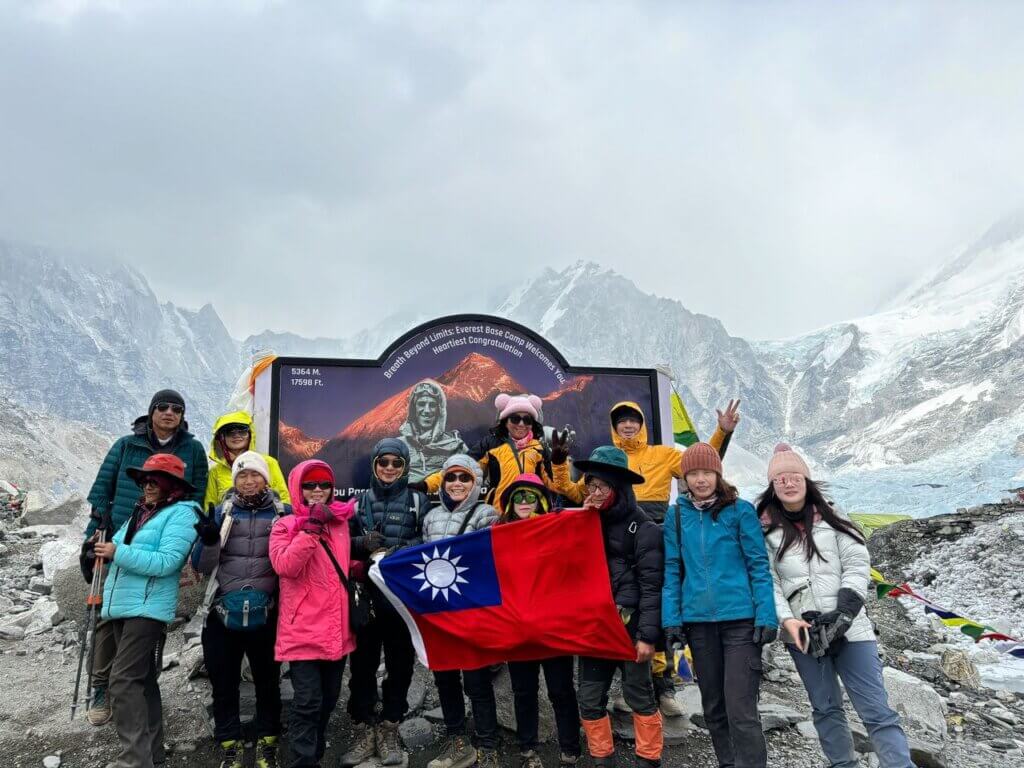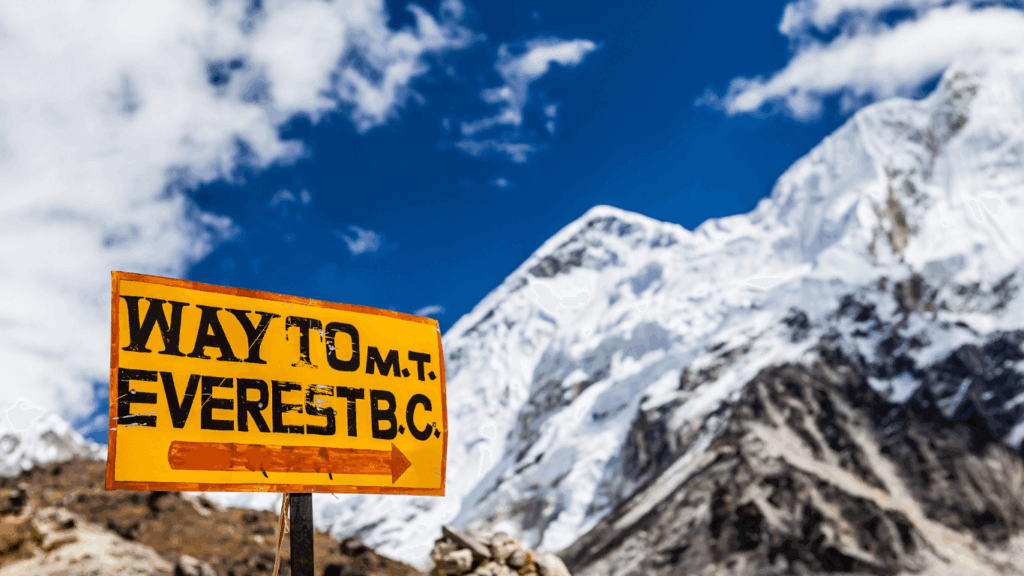Best Time For Everest Base Camp Trek
Best Time for Everest Base Camp Trek: Overview
If you are in the process of planning the Everest Base Camp Trek itinerary and do not know which season you are suitable for, follow this article and get complete information. In Nepal, there are four seasons: Spring, Autumn, Winter, and Monsoon. The fourth of these seasons is characterized by its changing weather and temperature.
Trekking to Everest Base Camp can be done all year round. Nevertheless, the majority of hikers prefer to trek during the months of Spring and Autumn. The best time for an Everest base camp trek is during the Spring and Autumn seasons due to stable weather conditions and suitable temperatures for trekking.

Trekking in winter and summer is also possible, but it becomes more challenging and dangerous when compared to the spring and autumn seasons.
During this trek to EBC, you will pass through high-altitude slopes, narrow paths, forests, and many villages, and ultimately through rough terrain. Therefore, every trekker must plan well and make excellent preparations before embarking on this trek. The successful, adventurous, and smooth journey comes only with a well-prepared and well-thought-out plan.
Here’s a brief overview of different seasons so you can decide which one to choose for your trek.
Everest Base Camp Trek in Spring Season (March/April/May/)
The spring season is one of the Best seasons for the Everest Base Camp trek. The temperature in the spring season varies from 15 to 20 degrees Celsius during the daytime and from -5 to 10 degrees Celsius at night.

The clear view of the sky and the snow remnants after winter allows you to have a jaw-dropping experience of the terrain and mountains. As well, a rhododendron forest blossomed, which complements the beauty of the surrounding trail path. Besides the bright sunshine and perfect trekking conditions with stable weather and long daylight hours, you will get a surprising experience during the spring season.
Further, in the month of spring, you can get a chance to explore the rare endangered wild species and a variety of birds, vegetation, and more inside Sagarmatha National Park. Also, the panoramic jaw-dropping view of Mt. Everest (8848 m), Mt. Cho Oyu (8201 m), Mt Makalu (8481 m), and Mt. Ama Dablam (6812 m) are the main highlights during this month.
Everest Base Camp Trek in Autumn Season (September/October/November)
Autumn is another Best Season For the Everest Base Camp because the weather is normally dry and always stable, with less rain and a lot of sunshine. This season is the best time for hiking. Daytime temperatures usually rise from 15°C to 25°C, occasionally falling to 5°C to 15°C at night.

a comfortable environment, where trekking is concerned, seeing the clear sky and breathtaking scenery, you can have the best of the trek. The most important reason to trek in autumn is that all three popular festivals of the country (Dashain, Tihar, and Mani Rimdu) fall in this season. The climate and landscape will be in your favor as you get to visit and take part in various Nepalese cultural practices and festivals.
Everest Base Camp Trek in Summer/Monsoon season(June/July/August)
The summer months, June to February, are the off-season for trekking in the mountains of Nepal. Because of the heavy rain, the hiking track is covered with mud. Heavy rainfall also increases the possibility of natural hazards like floods, landslides, and avalanches that may become a roadblock for trekking.

Indeed, likewise, annoying blood-sucking parasites such as mosquitoes and leeches can disturb the hikers. Although walking in the rainy season can be tricky, it still provides adventure lovers with the chance to enjoy the excitement of the season.
In addition to this, regular heavy showers also increase the chances of a flight cancellation to Lukla due to bad visibility. Hence, you won’t see many trekking groups who plan to travel during this month.
Everest Base Camp Trek in Winter(December/January/ February)
Winter is usually an off-season for trekking, too. Hikers cannot climb to higher elevations with low temperatures and a lot of snow for this reason. The temperature during the daytime varies from 5 to 10 degrees Celsius, while at night the temperature can be less than -10 degrees Celsius. Trekkers should be prepared for snow-covered trails, slippery conditions, and potential route changes due to heavy snowfall.

Even though it’s cold in the winter, if the sky remains clear, you can get an excellent view of the mountains. This season is perfect for taking great pictures of the snow-covered mountains, frozen waterfalls, and icy landscapes.
If you are planning to trek during the winter, make sure to pack warm clothing, including insulated jackets, thermal layers, hats, gloves, and sturdy trekking boots to stay comfortable in the cold.
Not just on Everest Base Camp, but this season works for Everest View Trek as well.
Worth reading: Everest Base Camp Trek Permit Information
Final Say
We hope that after reading this article, you will get information on the best time for the Everest base camp trek. You can also add a side trip, such as Everest base camp with the Gokyo Lake trek. A Three-pass trek, Island Peak makes it more adventurous than the regular base camp trek.
If you are searching for a registered trekking agency for booking the trek, then we are here. We will deliver the trekking packing at an affordable cost, and we also have a last-minute booking package for the EBC. Apart from this, if you have any inquiries, then you can message or WhatsApp us, which you can find on our website. Have a great day!

